No One Lives Here at the Royal College of Art
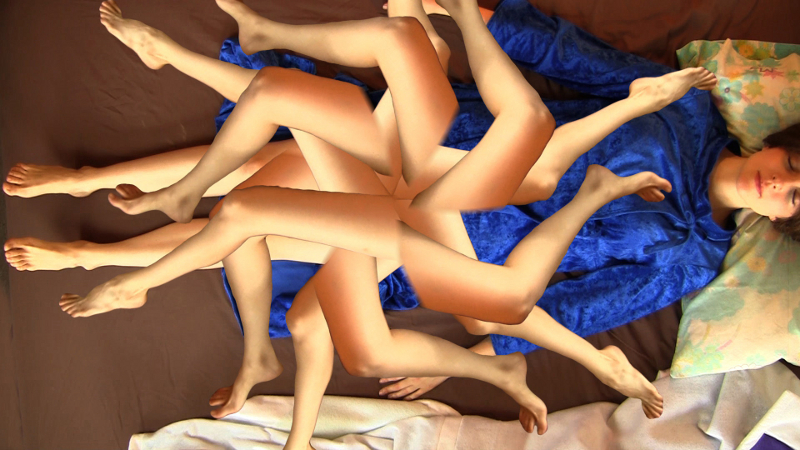
Ten international graduate artists, sixteen pieces of artwork, one intention: to display the powerfully coadjuvant relationship between digital media and social functionality in the multi-faceted world we live in.
On entering the Royal College of Art, the gallery space is striking, resembling a movie set – a white chasm scattered with varying installations, making the space itself a quasi-life form. A wall of interaction is created by constant use of lights and audio, forcing you to look deeper into the pieces, building focus and intrigue.
Strike (2010), a video clip by German artist Hito Steyerl, depicts a blank-faced woman hitting a plasma screen with a mallet and chisel. A perfect example of the style and attitude of the exhibition, it is a bemusing and charming pretension to the rest of the show.
‘Nice seats and projection’ People’s passion, lifestyle, beautiful wine, gigantic glass towers, all surrounded by water (2013, video 2011) follows – a bizarre 4D auditory onslaught. Brainchild of French artist Neil Beloufa, the piece features projected screens within a Pyrex box. Clingfilm covered rigging is attached to a bicycle seat and printed images of Ray-Ban sunglasses. Filmed interviews with peppy Vancouver natives and a background noise of running water play on the projectors, some of which have been twisted – a metaphor for the twisted perceptions of society. The clean-cut, talking people juxtapose with the mish-mashed disposition of the metal framework, alluding to the smoke-screen that digital input can create.
Raphael Hefti provides the most visually pleasing offering: large upright glass mirrors coated in a UV protected chemical glaze, resulting in a beautiful iridescent sheen. The mirrors act as a display tool for the viewer and for the other works within the gallery – a non-computerized selflessness.
American, Shana Moulton, offers a video surreally depicting a woman’s attempts to rid herself of restless leg syndrome. Some imaginative imagery is created with kaleidoscope camerawork, making more interesting what would otherwise be an obvious comment on media pressure towards beauty and the body.
g is the most sardonic piece: a Macbook with a steel faceted ball pressing on the letter G in an endless list. A clear interpretation of the world’s genuflect bow to the digital age, it is an unabashedly absurd gesture that completely encapsulates the point of the show.
Between clips of dead dogs, political unrest, and up-skirt camera shots, this collection provides a varied range of the detriments and benefits of digital saturation, through contemporary and prospective eyes.
Victoria Sanz-Henry
No One Lives Here is at the Royal College of Art until March 24th 2013. For further information visit the exhibition’s website here.

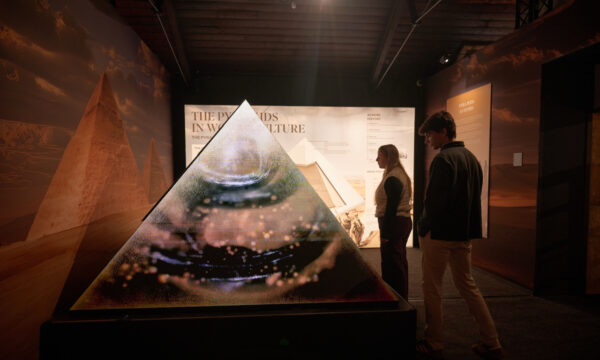
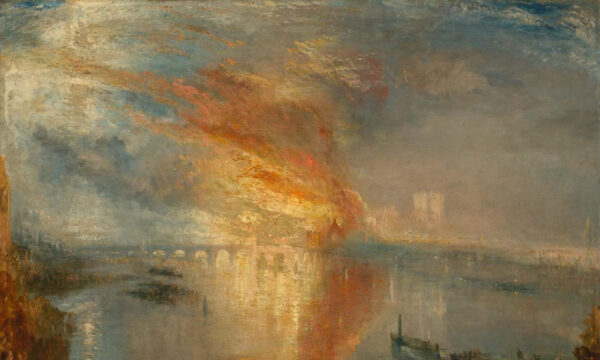
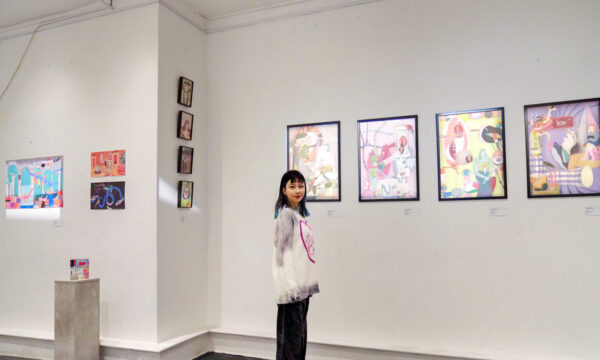
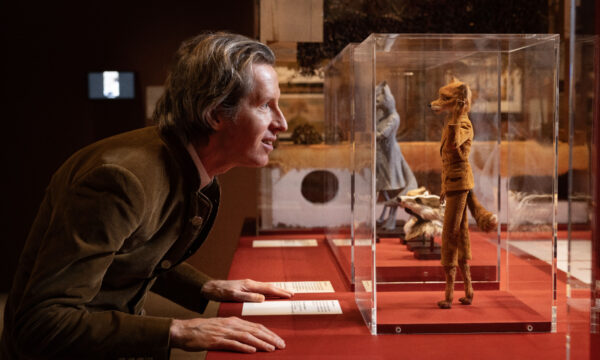
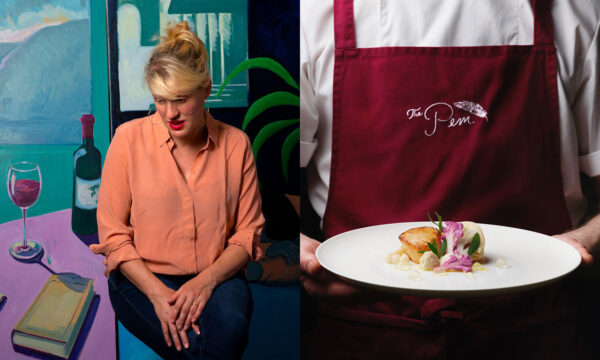
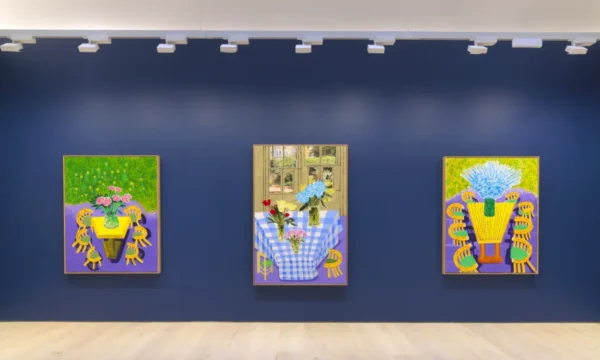
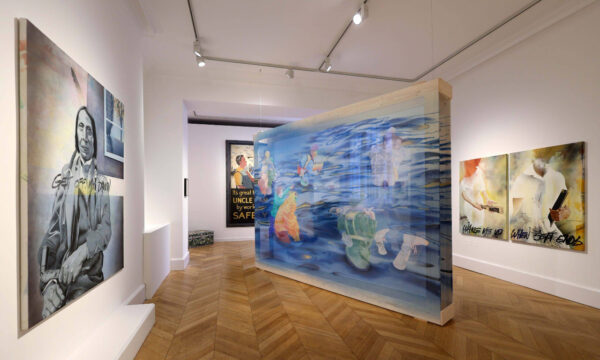
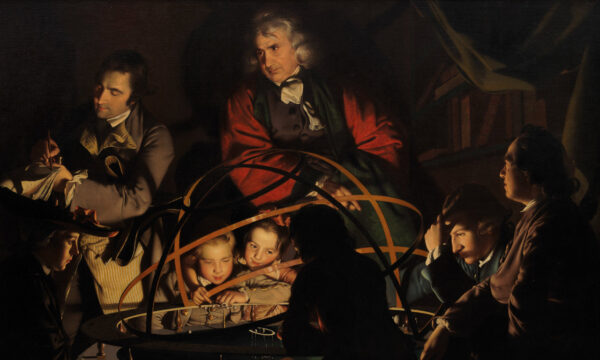
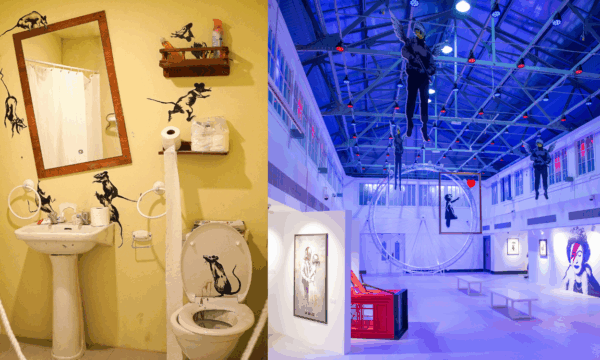

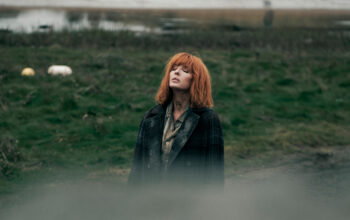







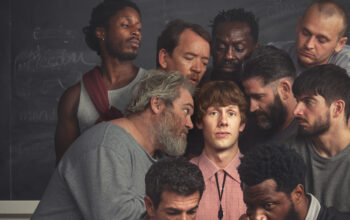

Facebook
Twitter
Instagram
YouTube
RSS